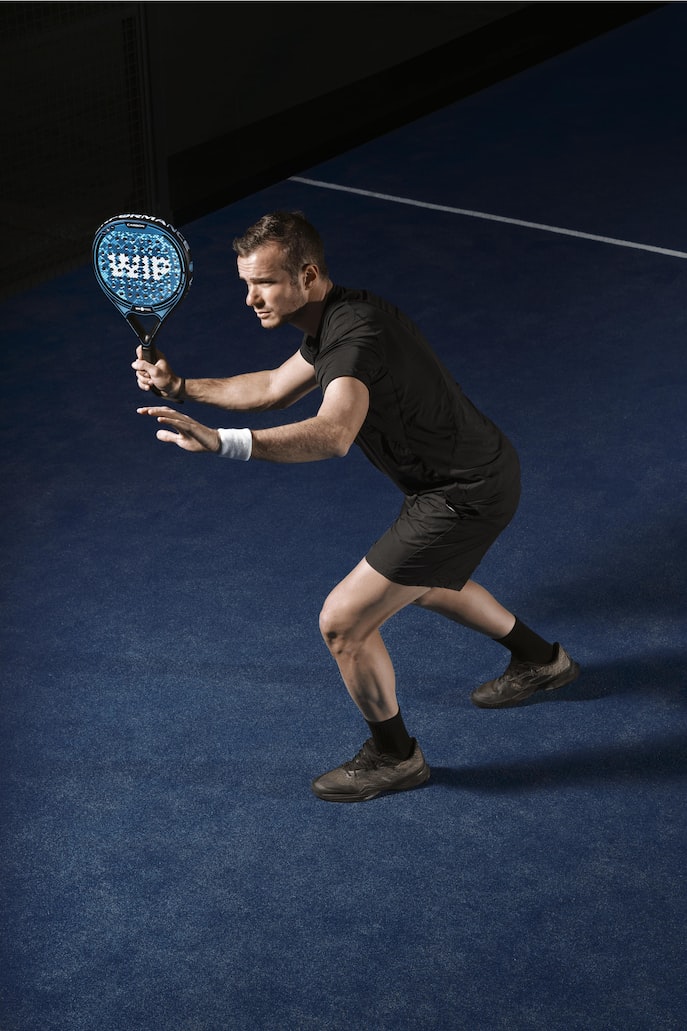Padel Tactics: A Beginner’s Guide to Understanding the Basics
3 min read
Padel Tactics: A Beginner’s Guide to Understanding the Basics
Welcome to the exciting world of padel! Whether you’re a tennis player looking for a new challenge or a complete beginner to racket sports, padel is a fantastic game that offers a unique blend of strategy, skill, and excitement. In this beginner’s guide, we’ll explore the basics of padel tactics and help you understand how to strategize and play your best game. So grab your racket, put on your game face, and let’s dive in!
Understanding the Court
The first step to mastering padel tactics is to familiarize yourself with the court. Padel is played on a smaller court than tennis, enclosed by glass walls and a mesh fence. These walls allow you to use them to your advantage, bouncing the ball off them to create unexpected angles and add variety to your shots.
As a beginner, it’s important to pay attention to the court dimensions and positions. You’ll be playing in teams of two, and each team has a front and back player. The front player is typically more aggressive and responsible for putting pressure on the opponents, while the back player focuses on control and setting up attacking opportunities. Having a clear understanding of your role and position on the court will greatly impact your tactical decisions.
Mastering the Serve
When it comes to padel tactics, one of the most crucial elements to grasp is the serve. The serve sets the tone for the point and can either give you a firm advantage or put you on the defensive. As a beginner, it’s best to start with a safe and consistent serve to get the ball in play and keep the pressure on your opponents.
Try practicing a reliable underhand serve that allows you to position the ball deep into the court, giving you and your partner time to assume offensive positions. Keep in mind that the serve bounces off the opposite court’s service box, so accuracy is crucial. Once you’ve mastered the basics, you can incorporate more advanced serves, such as the lob serve or the side spin, to keep your opponents guessing.
Communication and Teamwork
Padel is a team sport, and effective communication between you and your partner is the key to success. As a beginner, it’s essential to establish a solid communication routine with your partner to avoid collisions and maximize your opportunities. Keep the lines of communication open, whether it’s through simple verbal cues or a pre-agreed set of signals.
Coordinate with your partner to cover different areas of the court strategically. For example, if your partner takes the net position, you should back them up by covering the backcourt. This teamwork allows you to create an effective defensive wall and ensures that your opponents have a harder time finding openings in your defense.
Reading and Reacting to Your Opponents
Understanding your opponents’ strengths and weaknesses is a crucial aspect of padel tactics. By observing their shot patterns, footwork, and shot selection, you can anticipate their moves and adjust your strategy accordingly. Pay attention to their tendencies and capitalize on their weaknesses.
Keep in mind that padel is not just about power; it’s also about finesse and finding the right moments to attack. As a beginner, focus on placement, aiming for the corners and sidewalls to create difficult shots for your opponents. By keeping them on their toes and forcing errors, you increase your chances of success.
Conclusion
Padel is a game that rewards both skill and strategy. By understanding the basics of padel tactics as a beginner, you can start developing and implementing your own game plan to outmaneuver your opponents and have a blast on the court. Remember to practice, communicate with your partner, and observe your opponents to continuously improve your skills. So get out there, have fun, and enjoy the wonderful world of padel!






